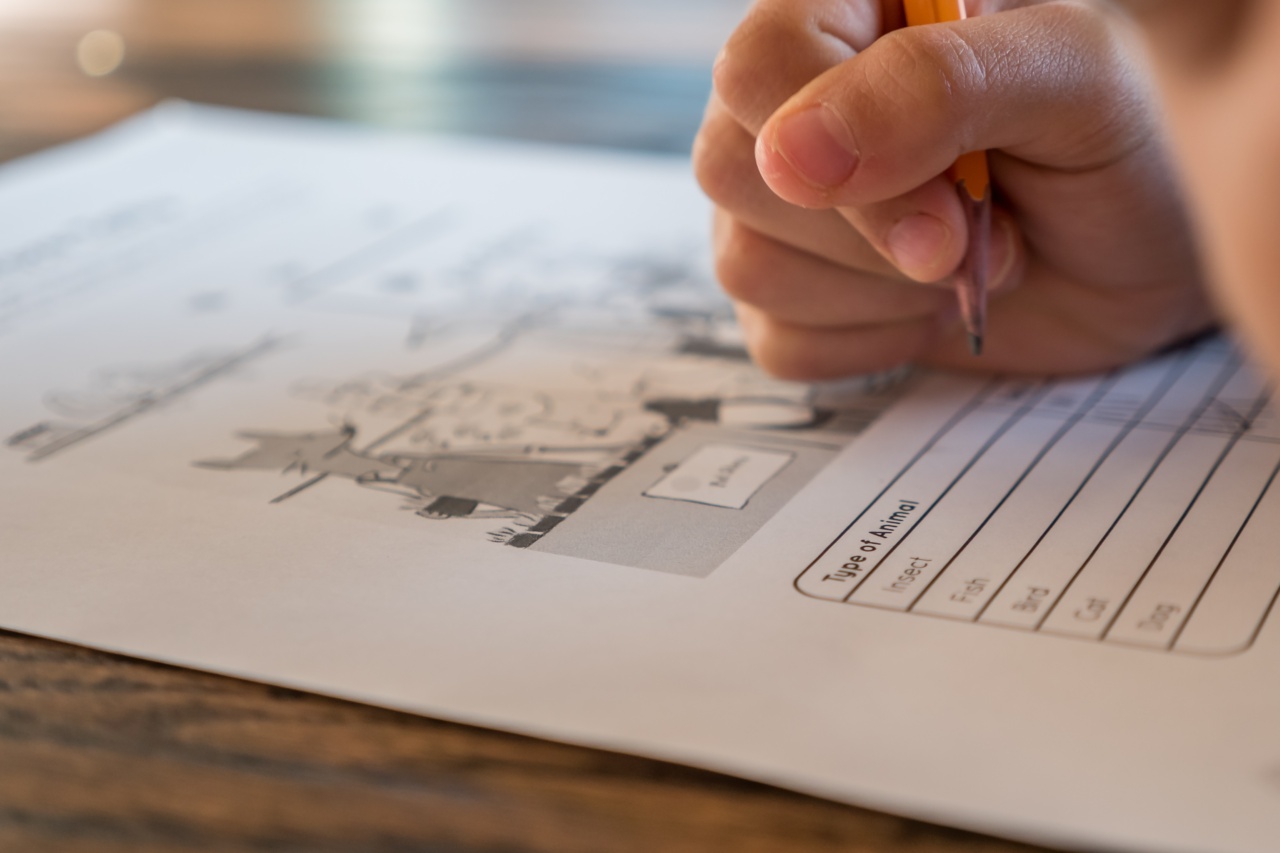Sleep disorders can significantly impact the quality of life, causing disturbances in sleep patterns and affecting daily functioning.
One such disorder is REM Sleep Behavior Disorder (RBD), which involves the acting out of vivid dreams during the rapid eye movement (REM) stage of sleep. If you suspect you or someone you know may have RBD, answering these five important questions can help provide some clarity.
1. Do you or your partner notice sudden, repeated, or violent movements during sleep?
One of the hallmark signs of RBD is the physical acting out of dreams during the REM sleep phase. These movements can range from mild twitching or limb jerking to more aggressive behaviors like punching, kicking, or even jumping out of bed.
If you or your sleep partner have observed such movements, it may suggest the presence of RBD.
2. Are you experiencing vivid, intense, or disturbing dreams?
Nightmares or intense dreams are common experiences for many individuals. However, RBD is characterized by exceptionally vivid dreams that provoke active physical response.
These dreams tend to be highly realistic, often involving conflicts or threats that trigger a fight or flight reaction during sleep. If you frequently recall such dramatic dreams, it might indicate RBD.
3. Have you injured yourself or your sleep partner during sleep?
Individuals with RBD may unintentionally harm themselves or their sleep partners while acting out their dreams.
If you or your partner have sustained injuries like bruises, scratches, or cuts, and cannot recall how they occurred, it could be a sign of RBD. These incidents can be dangerous and require medical attention.
4. Have you experienced disruptions in your sleep schedule or excessive sleepiness during the day?
Disrupted sleep patterns are a common consequence of RBD. Due to the intense and frequent physical movements during REM sleep, individuals with RBD may experience regular interruptions in their sleep cycles.
Consequently, they may feel excessively tired during the day, struggle to stay awake, or even fall asleep in inappropriate situations. Excessive daytime sleepiness can significantly impair daily activities, work performance, and overall quality of life.
5. Have you noticed any changes in your sleeping habits or behaviors?
RBD can sometimes develop later in life, and changes in sleeping habits or behaviors can often be indicative of this disorder.
If you have recently noticed a significant change in your sleep patterns, such as increased physical movement during sleep, disturbances in dreaming, or disruptions in sleep-wake cycles, it may suggest the possibility of RBD.
The Importance of Seeking Medical Advice
If you suspect that you may have RBD based on your responses to the questions above, it is crucial to consult with a medical professional or a sleep specialist.
A comprehensive evaluation can help confirm the diagnosis and guide appropriate treatment options.
RBD can potentially lead to injuries or harm to oneself or others during sleep, making it essential to address the disorder promptly.
Treatment strategies for RBD often involve a combination of medication, sleep hygiene practices, and lifestyle modifications, which can significantly improve the sleep quality and safety of individuals affected by this condition.
Conclusion
REM Sleep Behavior Disorder is a sleep disorder characterized by the acting out of dreams during the rapid eye movement (REM) phase of sleep.
If you suspect you or someone you know may have RBD, asking yourself the five questions provided can aid in the assessment. Remember that seeking medical advice is crucial in confirming the diagnosis and developing an appropriate treatment plan that can improve the overall quality of sleep and mitigate the risks associated with RBD.





























